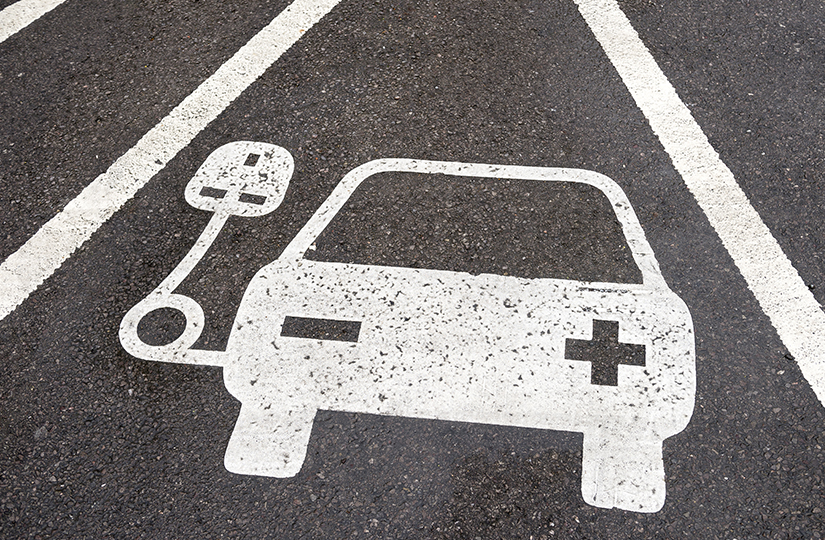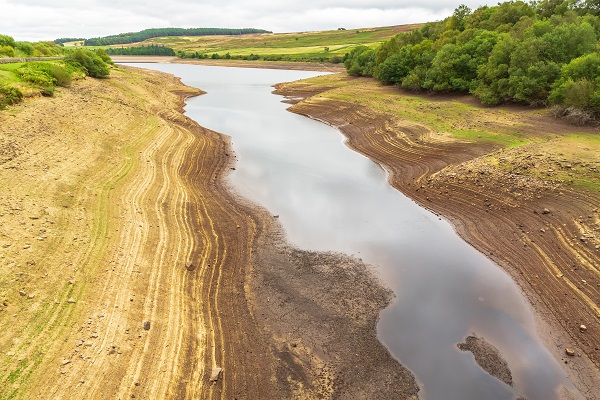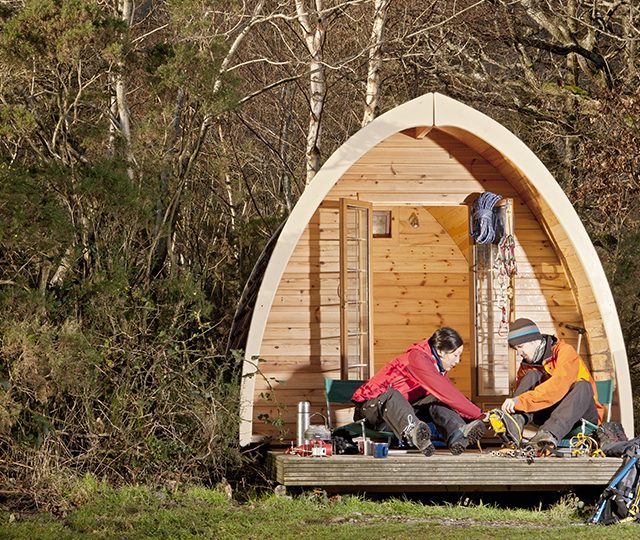Developing an electric car infrastructure in the countryside
The electric car market has expanded rapidly in recent years and while electric vehicles currently account for a relatively small proportion of the cars on the road, this picture is expected to change.
There were fewer than 10,000 electric cars on the ground at the start of 2010, but that figure is now closer to 250,000, with nearly 200 different models now available on the European market.
A report by management consultants Accenture, published in 2019, projected that by 2025 there could be one million electric cars in the UK, rising to 11m by 2040.
What is clear is that as more people make the switch to electric-only cars or a plug-in hybrid model, a new electrical infrastructure will be required. This may present opportunities to rural landowners through the provision of charging points or by selling or leasing land to an EV charging station developer. However, it also has implications in terms of what estates might reasonably be expected to offer to their commercial and residential tenants in future.
The infrastructure needed to support electric vehicles includes:
- Charging points in homes and holiday cottages – We already work with estates who are putting charging points in all their rental properties as they are refurbished to help attract and retain tenants. Charge points generally include two plugin points, one at 3.6 kW and the other at 7.2 kW.
- Charging points at work – These are likely to be increasingly needed to be provided at let commercial properties, such as rural offices. The provision of charge points for staff and visitors could boost an estate’s environmental image and also pave the way for modern businesses with fleets of EVs. Most would offer both 3.6 and 7.2 kW charge options for visitors
- Charging points in carparks – Rural estates with visitor attractions need to consider how to meet demand for charging facilities from their existing customer base and whether they could attract more visitors by providing such a service. This could include open houses and gardens, farm visitor attractions and farm shops. A choice will need to be made between offering the service as a loss leader to pull in visitors, charging a fee that covers costs-only, or seeking to use charging points as an opportunity for a small amount of income generation. The level of utilisation of the charge point will clearly be a crucial driver of the overall profitability of the scheme. It is important that each business case is assessed individually to identify the correct charging equipment and pricing strategy.
- Public charging points – There may be opportunities to sell or lease land to add electric charge points to existing fuel stations or create new stand-alone electric-only stations.
Existing charging infrastructure
The different types of charge points are typically defined as:
- Slow or trickle (3-5kW) – These points are commonly used to charge a car at home overnight, taking between six and 12 hours to reach a full charge.
- Fast (7-22kW) – These chargers tend to be found at places where you might typically spend an hour or more, like supermarkets and leisure centres. A 7kW charger can add 20-30 miles of range per hour of charge, while a 22kW unit can add 60-90 miles of range per hour.
- Rapid (25-99kW) or Ultra-rapid (100kW+) – These are the chargers typically found at motorway services and close to large A-roads. The ultra-rapid versions can charge a car in as little as 20-40 minutes.
Recent figures published by the Department for Transport, based on data supplied by the charging point website Zap-Map, showed that in October 2019 there were 15,116 public electric vehicle charging devices available in the UK. Of these 2,495 were rapid charging devices.
However, there is an uneven geographical distribution. London has the highest level of charging device provision per 100,000 head of population, with provision lowest in Yorkshire and the Humber, followed by the West Midlands, East Midlands and East of England.
It is important that rural estates start thinking about the implications of the rise of electric vehicles and where they might fit in to the provision of the EV infrastructure.
ARE ELECTRIC CARS A PRACTICAL OPTION IN THE COUNTRYSIDE?
Nick Watson, senior director in the Lewes office of Strutt & Parker, recently moved from diesel to a Tesla Model 3. He shares his experience of living and working in the countryside with an electric car.
“I have driven a series of BMWs over the years. The last three were X5 4x4s which were brilliant for the job we do. You can happily drive across a farm or down a rutted track. But the downside is that I was spending too much on diesel and I was feeling increasingly uncomfortable about driving around the countryside in a four-wheel drive with a big diesel engine.
“The Tesla has turned out to be a practical car, although it did take a bit of getting used to. At first it felt like the automotive equivalent of stepping from analogue to digital. But after a few hours the digital management systems were easy to work and it is no trickier than using an iPhone.
“It’s rare that I would exceed the car’s 300 mile range per charge in a day as part of my work, so I can mostly charge it at home overnight, making use of the cheaper electricity rate on a green tariff. This is where rural areas actually have an advantage over cities – we generally have off-road parking, so can easily plug in for overnight charging. When I do go further afield, the extensive network of superchargers that Tesla has established makes it really easy. The sat nav in the car will plan my journey to take me to a supercharger when I need one. A full charge takes just 20 minutes, which is just right for a cup of coffee and a catch up on my emails.
“Do I miss my old 4×4? Sometimes. But in the round the Tesla is much more fun, almost as practical and when it has done 70,000 miles will be genuinely carbon neutral. While it is four-wheel drive, it is low slung which makes it impractical for any form of off-road driving. As a result, I have been forced into doing much more field walking than I used to, but getting boots on the ground is a good thing as a land manager!
“As a car enthusiast, I never thought I would say it, but electric propulsion is better suited to the task than an engine and gearbox. The car looks quite benign from the outside, but it’s remarkably quick, quiet and comfortable.
“I estimate that to get the range I used to get from a tank of diesel, electricity costs one tenth and there are also tax benefits of having made the switch. I have a car that is smoother and faster to drive, while being much lighter on the pocket and the environment. As a countryman who spends much of his life advising clients on their beautiful environment, it’s pleasing to have a car that respects that environment.”
WHAT IS DRIVING GROWTH?
An increasing desire among consumers to make buying choices that benefit the environment is driving growth in the sector, with electric cars delivering reduced emissions, improved air quality and less noise pollution.
They have a higher purchase price initially, but can also result in significantly reduced running costs, compared to petrol and diesel alternatives.
The government is also offering additional fiscal incentives, such as no company car tax in the current financial year, to encourage greater uptake.
Growth also comes against a backdrop of legislative change, tied in with the government’s legal commitment to reach a net zero target on greenhouse gas emissions by 2050 and its Clean Air Strategy.
The government announced in February it was consulting on bringing forward the end of the sale of new petrol and diesel cars and vans from 2040 to 2035.






